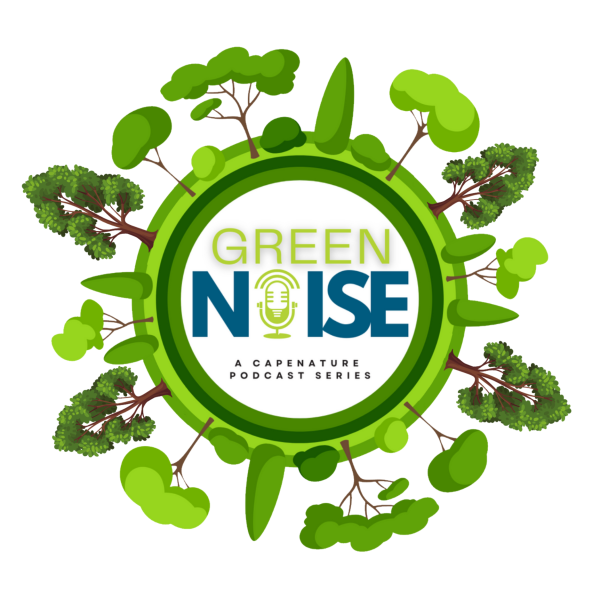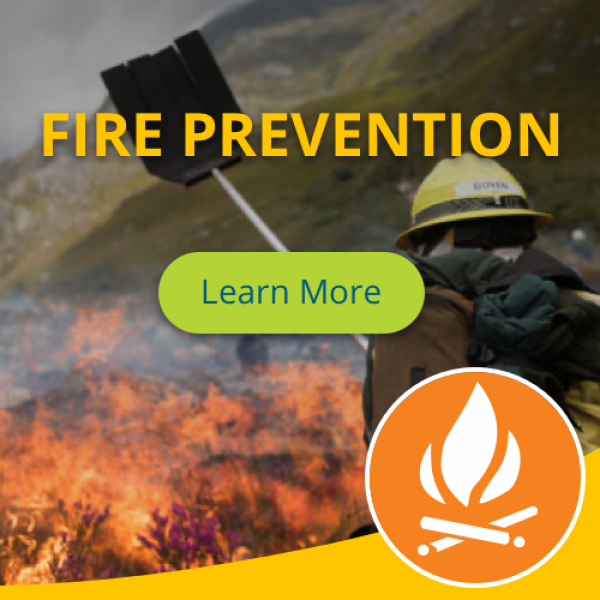

WHAT TO DO
Latest news
Baboon rangers secured for December
The Cape Peninsula Baboon Management Joint Task Team (CPBMJTT) consisting of representatives from SANParks, CapeNature, and the City of Cape Town, wants to inform communities from baboon-affected areas that NCC Environmental Services will be providing baboon ranger services during December. Read more below:

Kai and his friends escape a wildfire
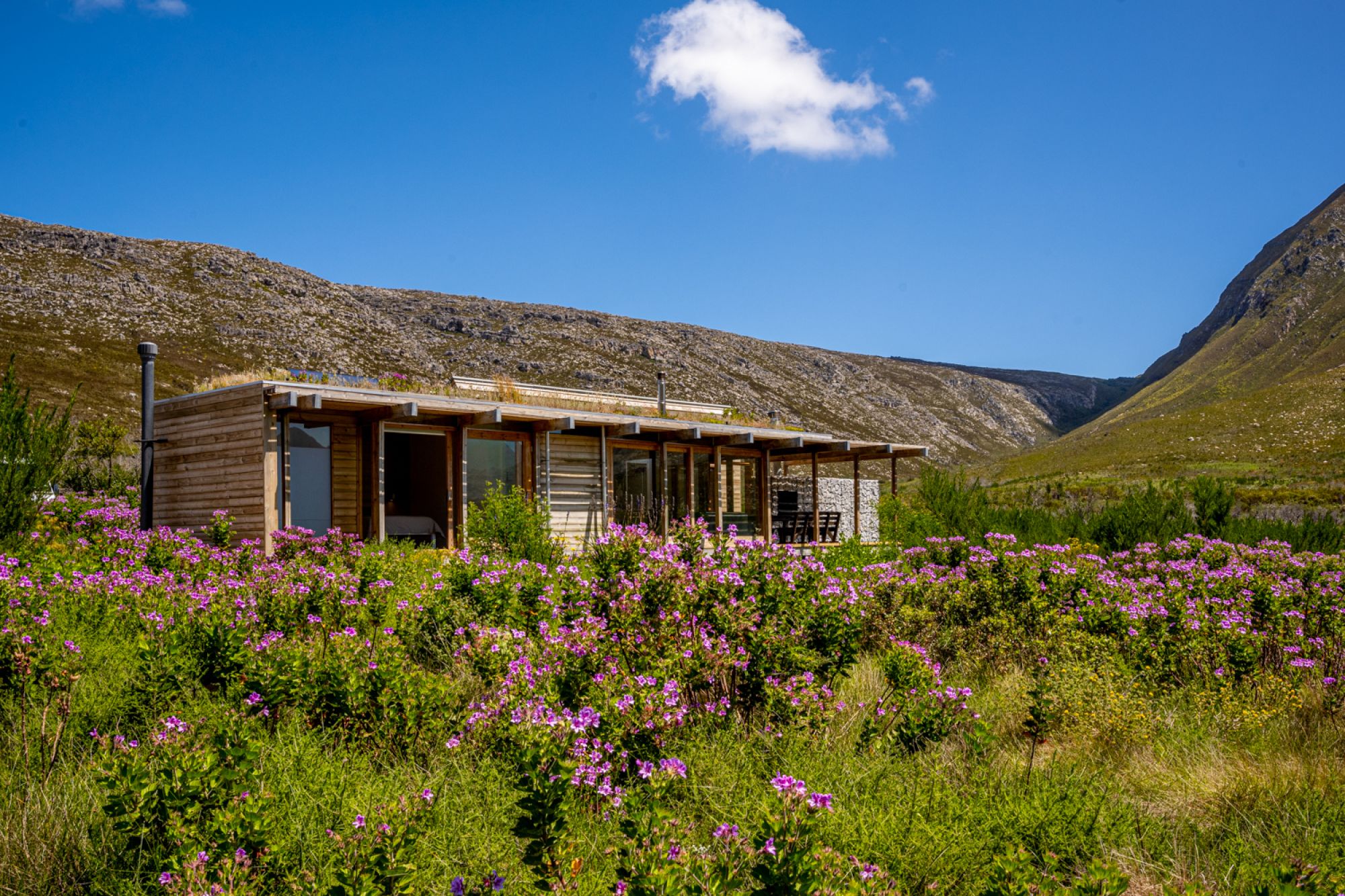
Start planning for Black Friday with CapeNature!
Black Friday is on its way, and you won’t want to miss our incredible deals! We’ll meet you back here at the stroke of midnight on Thursday, 28 November to find out more!

CapeNature in partnership with key stakeholders drives success in wildfire management
From April 2023 to March 2024, CapeNature responded to 89 wildfires, which burned an area of approximately 73 671 hectares, of which 22 762 hectares were on Entity managed land.

KAI AND HIS FRIEND help clean up the beach One
One day, as Kai, the leopard cub, was lying on his back, warming his full tummy in the sun, he was thinking about the class he had attended with his mom, brother, and sister the previous day. It was about survival, the importance of helping your friends and caring for your environment. It all sounded a bit boring, farfetched and un-adventurous! His mom had caught him dosing off in class.

CapeNature discourages engagement with Cape fur seals this holiday season
The public is urged to exercise caution and follow safety guidelines during the upcoming summer holiday season when encountering Cape fur seals. These marine mammals are an integral part of our coastal ecosystem, but it is crucial to recognise that human-wildlife interactions can have severe consequences.
Conservation in action
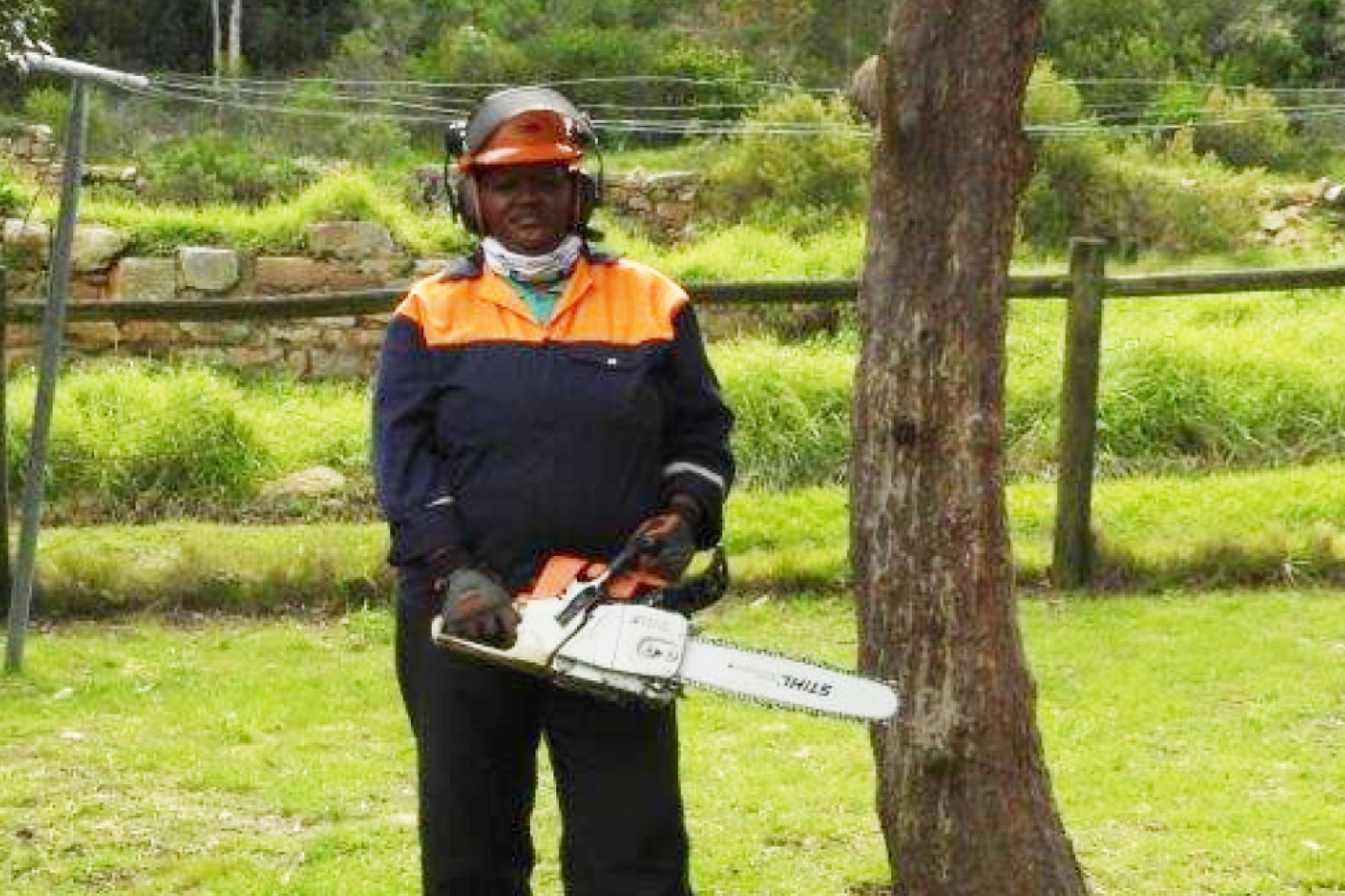
Celebrating gender equality in conservation
There is a number of women working at CapeNature in so-called non-conventional roles. The entity is known for creating an enabling environment where women employees can thrive and progress.
Groenvlei Carp Project
The Invasive Fish Species Management Non Profit Company (IFSM) consists of a group of volunteers that approached CapeNature in 2018 to remove invasive carp from Groenvlei lake by means of fishing bows.
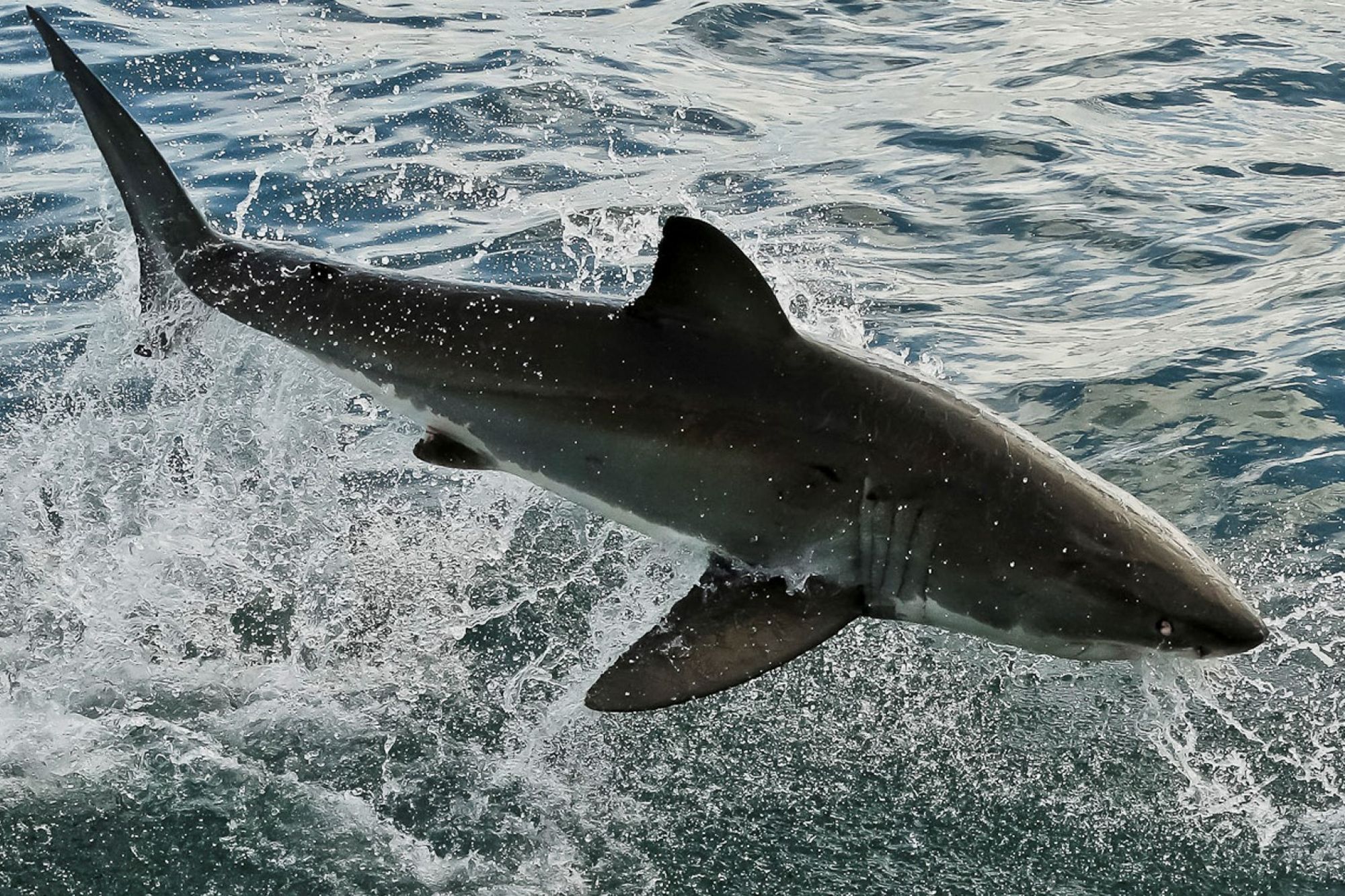
Monitoring the Great White Shark
The waters around Dyer Island are an important seasonal feeding ground for great white sharks. Researchers working through Dyer Island Conservation Trust have demonstrated a decrease in white shark sightings around the island since 2017.
Possibly extinct Brenton blue butterfly
Of the two localities at which it is known to have occurred, the Brenton blue butterfly is now extinct at one (Nature’s Valley) and possibly extinct at the other (the Brenton Blue Butterfly Reserve near Knysna).
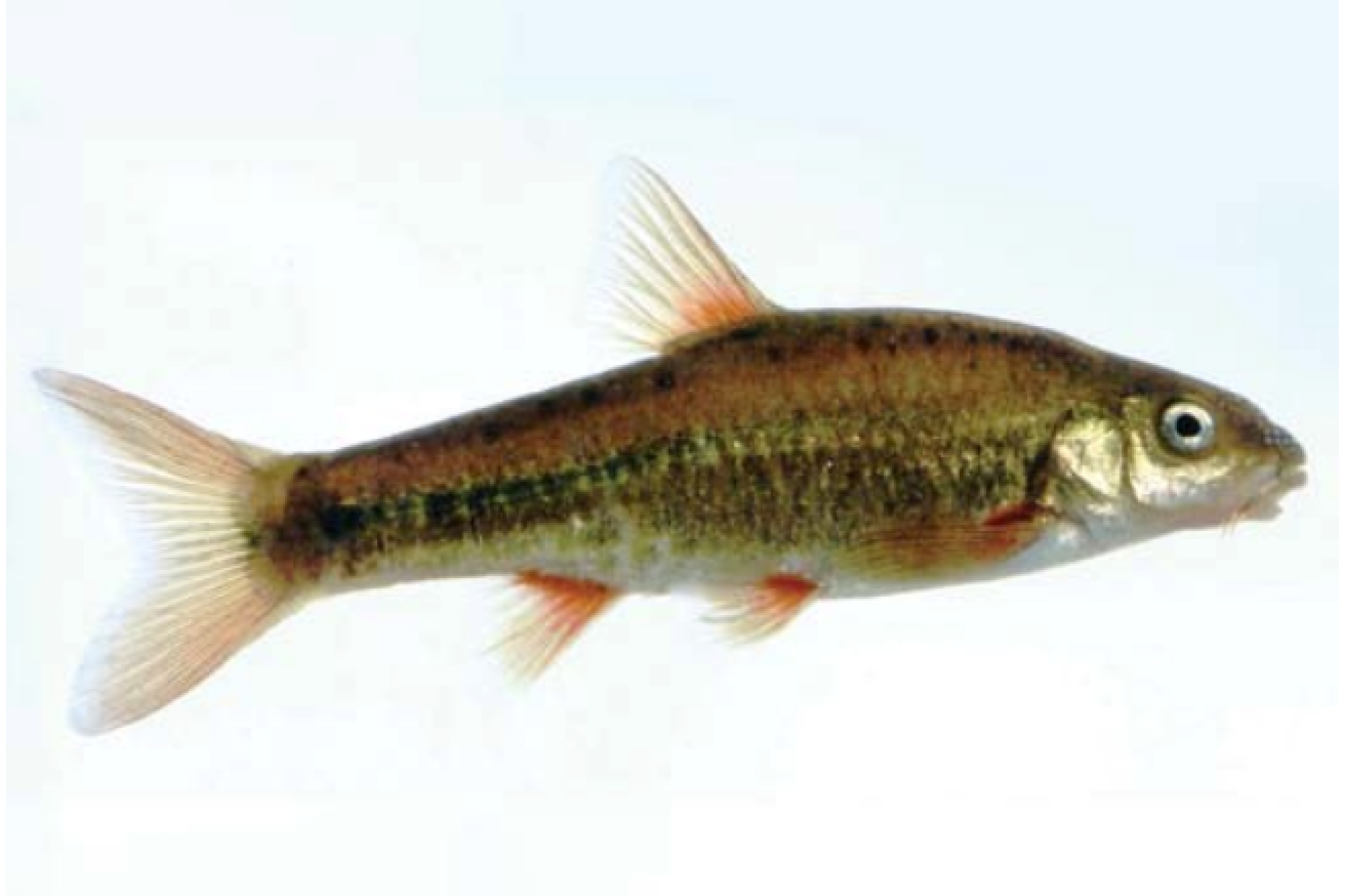
Conservation of Barrydale redfin
The tiny Critically Endangered Barrydale redfin, for example, is limited to just 40 km2 in the Tradouw catchment where it is threatened by water abstraction, pollution and alien fish.
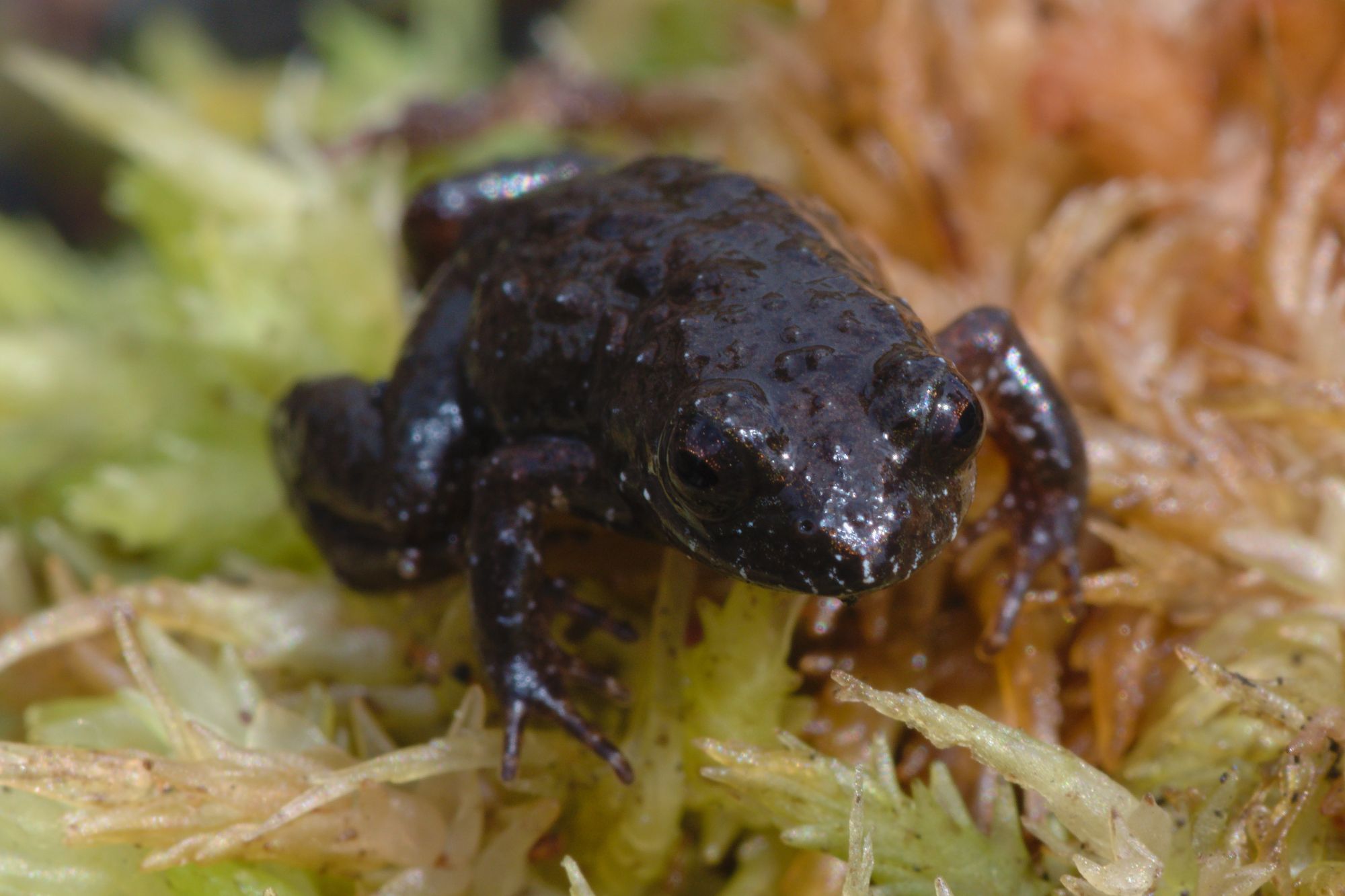
Rough moss frog
The rough moss frog occurs at a single locality on the southern slopes of the Klein Swartberg Mountain. The main threats to this species are invasive alien plants and too-frequent fires.
Events Calendar

CapeNature Conservation Review 2024
CapeNature Conservation Review 2024World Wetlands Day 2024
World Wetlands Day 2024
Access Week 2023
Access Week 2023Featured accommodation
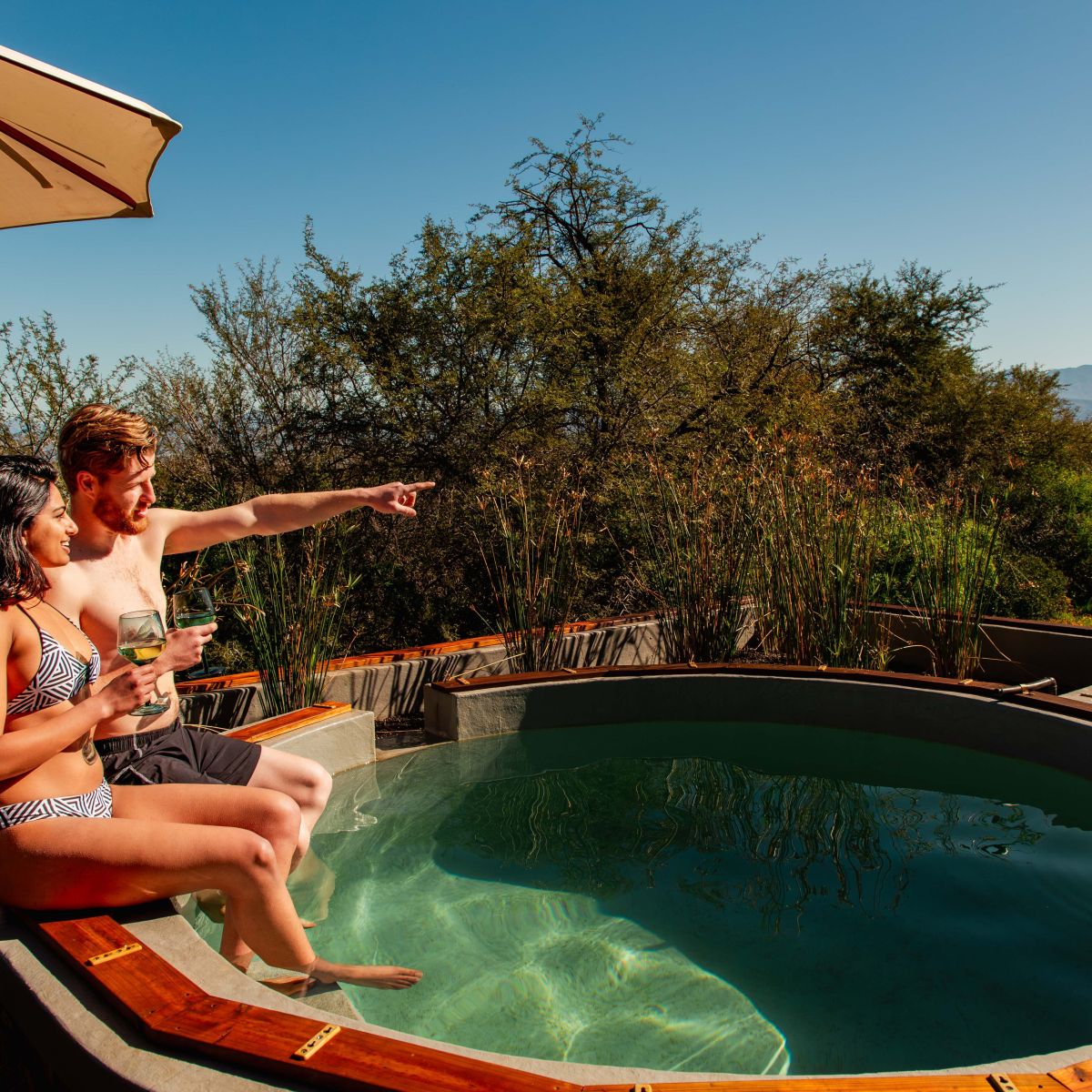
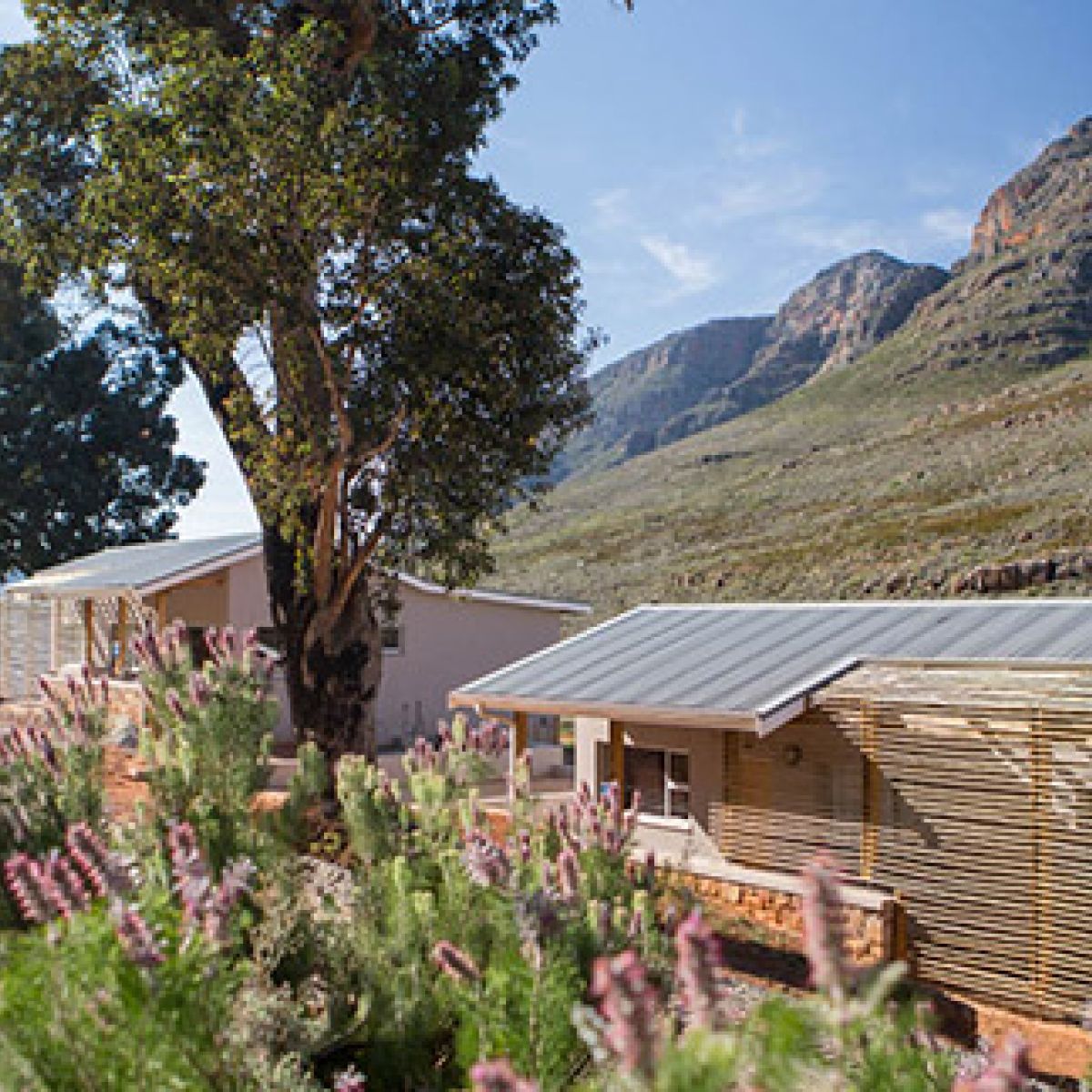
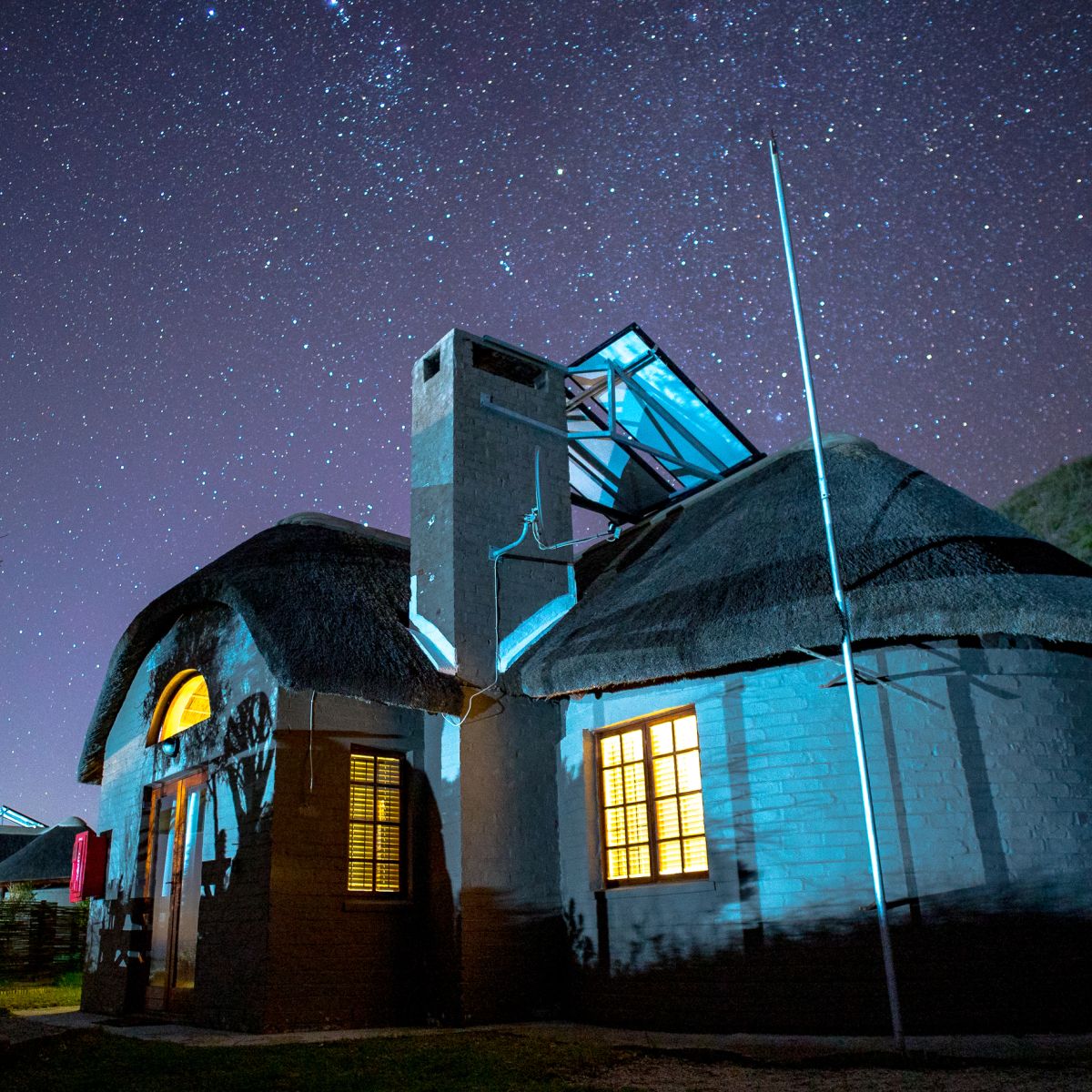

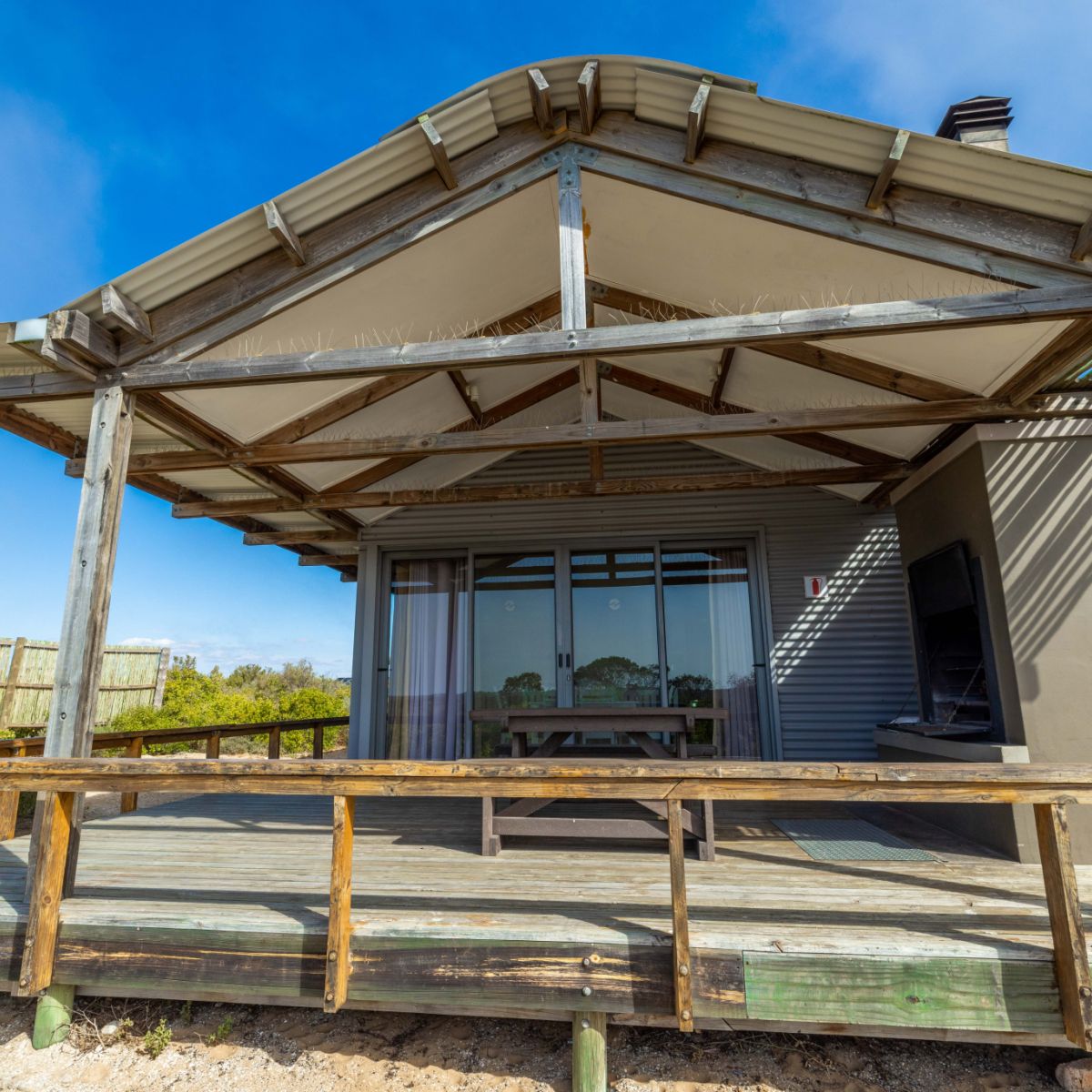
Reviews
Featured reserves

Goukamma Nature Reserve
We recommend that you use a vehicle with a high ground clearance when traversing on reserve.
Goukamma Nature and Marine Reserve was proclaimed a marine protected area in 1990 and it is heralded as one of the country’s conservation success stories. The reserve stretches along 16.5km of the coastline between Buffalo Bay and Platbank, and 2 500 hectares inland.
Buffalo Valley’s three self-catering timber lodges are fully equipped and sleep between four to six people.
Buffalo Valley is a large conservation area two kilometres from the warm Indian Ocean.

Marloth Nature Reserve
Marloth Nature Reserve is hidden away in the imposing Swellendam Mountains, between Swellendam, Ashton, Barrydale and Suurbraak. The peaceful reserve, which is 14 123 hectares in size, is managed together with 16 532 hectares of privately owned land, and is a World Heritage Site.



